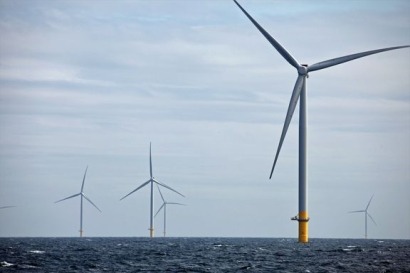
Mads Nipper, Group President and CEO of Ørsted, says, "GOWA holds magnificent potential because it enables countries and governments to share learnings and best practices within offshore wind and thereby save valuable time by speeding up the much-needed global build-out of offshore wind.
"At Ørsted, we're happy and proud to join GOWA to share our expertise and help governments build offshore wind faster, while also unlocking its many benefits to the climate, nature, and local communities.
"Today, it often takes longer to plan than to build an offshore wind farm. Governments and the private sector must collaborate to create an enabling regulatory environment and streamline permitting processes. Through GOWA, we can fast-track offshore wind deployment and help emerging markets off to a good start. I encourage our industry peers to also join GOWA and share their learnings."
GOWA member countries include Australia, Belgium, Colombia, Denmark, Germany, Ireland, Japan, the Netherlands, Norway, Portugal, Spain, Saint Lucia, the UK, and the US, and more countries are expected to sign up.
Offshore wind's unfulfilled potential
According to forecasts by the IEA and IRENA, 2,000 GW of installed offshore wind capacity will be needed by 2050 to keep the 1.5 °C scenario within reach and achieve net-zero by 2050. According to a World Bank analysis based on The Global Wind Atlas, more than 71,000 GW of technically extractable offshore wind resources have been identified worldwide. Nonetheless, global installed offshore wind capacity was only 57 GW in 2021.
By joining GOWA, Ørsted seeks to share knowledge and best practice to help meet the alliance's ambition of seeing at least 380 GW offshore wind capacity built by 2030 and an installed capacity increase of at least 70 GW per year from 2030.

